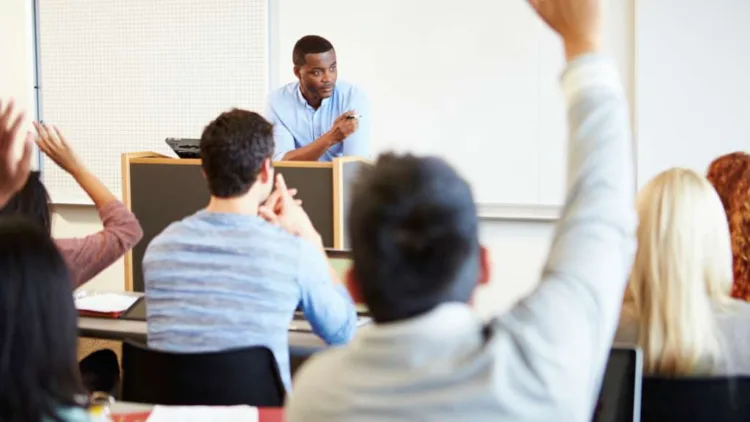According to the Jumpstart Coalition for Personal Financial Literacy, the average high school graduate lacks the basic skills needed to manage his or her own personal finances. In fact, young people tend to fail miserably in managing their first credit card, and they learn to manage finances through trial and error.
Most children tend to learn all of their parents’ bad financial habits and none of the good.
- They see their parents buying things they know they cannot afford, yet they never see them struggling to pay bills at the end of the month.
- They see their parents hiding purchased from each other, but they never see the arguments over money that ensues.
- They live in wonderful homes with their own bedrooms and even their own bathrooms, yet they never see how hard their parents have to work to keep that roof over their heads.
Yes, kids have a lot to learn about money. Fortunately, there is hope.
There are many websites and companies working to increase financial literacy for young people. The U.S. Government, specifically, has a number of helpful and informative websites about managing money. They include:
Private businesses are doing their part, as well. Wachovia Bank, for example, recently launched a new financial literacy curriculum called Extra Credit.
The purpose of the Extra Credit program is to teach children about credit scores and how to improve them. It also teaches about managing debt. While it is geared toward helping low-income families become homeowners, it is also an invaluable tool for children and young adults.






